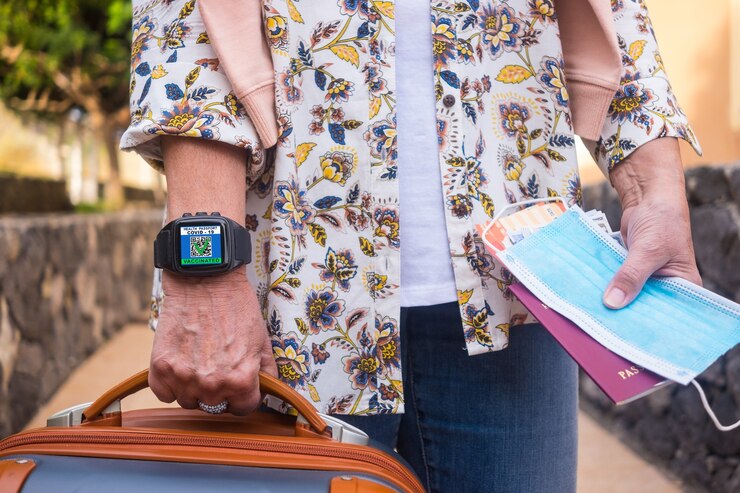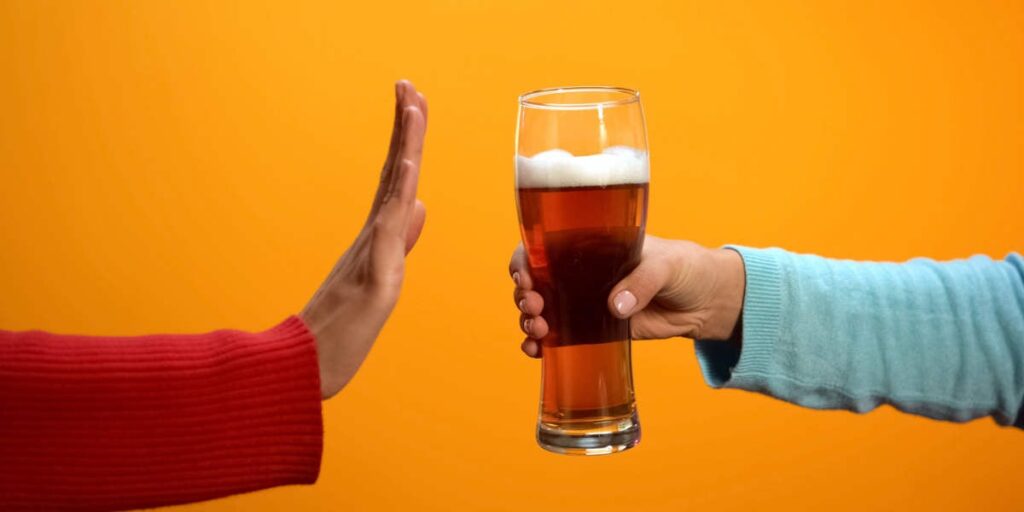Overview
Summer is in full swing. With India going through an early and unusually hot summer this year 2023,
it’s becoming increasingly challenging to stay hydrated at all times. March and April have been sweltering hot and sweaty, making you feel sluggish and exhausted for most of the day. Sipping a chilled glucose drink sounds ideal to boost energy and get you started.
But how often do you mindlessly sip to stay hydrated? Do you forget about the summer drinks and foods that may wreak havoc on your blood sugar status? It’s about time you realized that many summertime beverages, especially the ones you drink chilled and packed to keep your body cool, may be loaded with sugar. Today we will learn how to manage diabetes and also enjoy summer beverages like a pro.
How Does Hot Weather Affect Diabetes?
The problems with heat and diabetes care could affect millions of people. It’s important for people with diabetes to take extra precautions in hot weather. Studies show that heat has potential adverse health effects on diabetics.
1. Heat-Related Morbidity and Diabetes
Diabetes patients may be more vulnerable to heat-related illnesses and fatalities than non- diabetics. An individual with diabetes often suffers from diabetic neuropathy (damaged nerves and sensory responses) that hinders sweating and increases heat exhaustion.
2. Possibility of Dehydration
Diabetes patients need to exercise, but extended exposure to heat and the ensuing fluid loss cause dehydration and an abrupt increase in core body temperature.
3. Glucose and Insulin levels
The rate of insulin absorption can accelerate with a rise in ambient air temperature. This results in higher chances of a sudden fall in blood sugar levels (hypoglycemic shock) for diabetics who take insulin shots.
Managing diabetes in the heat
1. Hydration
Your body sweats as a result of the heat. Dehydration may occur if these fluids aren’t replaced, which could lead to hazardous outcomes, including heat stroke.
Drink, drink, and drink more. Drink more water to replace the lost fluids. To stay hydrated, consume a lot of water and other non-sugary liquids. Avoid excessive alcohol and caffeine intake because these substances can dehydrate you and impact your blood sugar levels.
2. Avoid sugar
Sugar-based beverages such as sodas, fizzy drinks, canned juices, and energy drinks (sweetened tea and coffee) are fantastic at giving you instant energy. Along with energy, it can also disbalance blood sugar levels. Be mindful of what you drink. Water doesn’t make the blood more acidic or more alkaline. It thins the blood to lessen a spike in blood sugar. Men should consume 3.08 liters of water per day, while women should consume 2.13 liters in summer. Replace fruit drinks with chilled vegetable juices such as tomato juice, a cucumber blend, or a smoothie made with spinach. Add a little pink salt and pepper to make it more flavorful. Buttermilk is another good option for getting hydrated.
3. Workout indoors
In your summer workout, exercise caution. Be on the lookout for balconies and shady spots. Pick textiles that are breathable and lightweight, like cotton that wicks away moisture. Your body will be able to breathe through these textiles, keeping you cool and comfortable.
4. Check your feet once in a while
Diabetic neuropathy can reduce sensation in the foot, making it more susceptible to injuries and infections if exposed. Regularly inspect your feet for any indications of ulcers, blisters, or other problems. Wearing cozy, well-fitting shoes that won’t chafe or bother your feet is also essential.
Diabetes patients shouldn’t overlook their foot care, especially after wearing open sandals and flip-flops in the summer. checkout my video shared above.
5. Store your insulin properly
Avoid keeping insulin or other diabetes medications in a hot car or in the sun. Check the packaging for information on how insulin and other medications may be impacted by high heat. Insulin and other medications should be kept in a cooler if you are traveling. Insulin shouldn’t be placed directly on ice or a gel pack. Your insulin pump, glucose meter, and other diabetes supplies could be damaged by heat.
6. Make Advance Plans for Outdoor Activities
It’s crucial to prepare ahead of time if you intend to spend time outdoors in the heat. To help prevent low blood sugar levels, carry food and water with you. Additionally, check your blood sugar levels periodically to look for any changes.
7. Rest even when on a holiday
It’s crucial to take breaks in the shade when it’s hot outside to help prevent overheating. When you’re outside, seek out places to rest and cool off that are shaded. This can assist you in maintaining your comfort level and avoiding any diabetes-related issues.
8. Use sunscreens
To avoid sunburn, apply sunscreen to any exposed skin. Sunburns stress the body and can induce a rise in blood sugar levels.
9. Monitor your water intake and keep some diabetes-friendly snacks
Your urine’s color is a great indicator of your level of hydration. If it is a pale yellow color, you are properly hydrated. If the tint changes to a darker shade, drink more. Some snacks can replace meals, while others work to keep blood sugar levels stable. With your nutritionist, go over your alternatives.
10. Test your blood sugar often
It’s a good idea to test more frequently because hot weather might cause blood sugar levels to change. For several hours after your workout or other activity is over, you should continue frequent monitoring.
Takeaway
Although managing diabetes in the heat might be difficult, you can maintain stable blood sugar levels and avoid complications using the above tips. Cherish summers without having to worry about diabetes. Consult your diabetologist for additional guidance if you have any questions about controlling your diabetes in the heat.
FAQs
1. Can hot weather affect diabetes?
Diabetes patients are especially vulnerable to high humidity and temperatures. You might have more difficulty controlling your blood sugar levels, and you might be more vulnerable to heat exhaustion.
2. How much water a diabetic should consume each day?
You should consume a lot of fluids if you have diabetes – around 1.6 liters (L), or 6.5 cups, for women and 2 L, or 8.5 glasses, for men—every day. The amount may increase in the summer, but avoid overhydration, which may cause water retention in the body.











